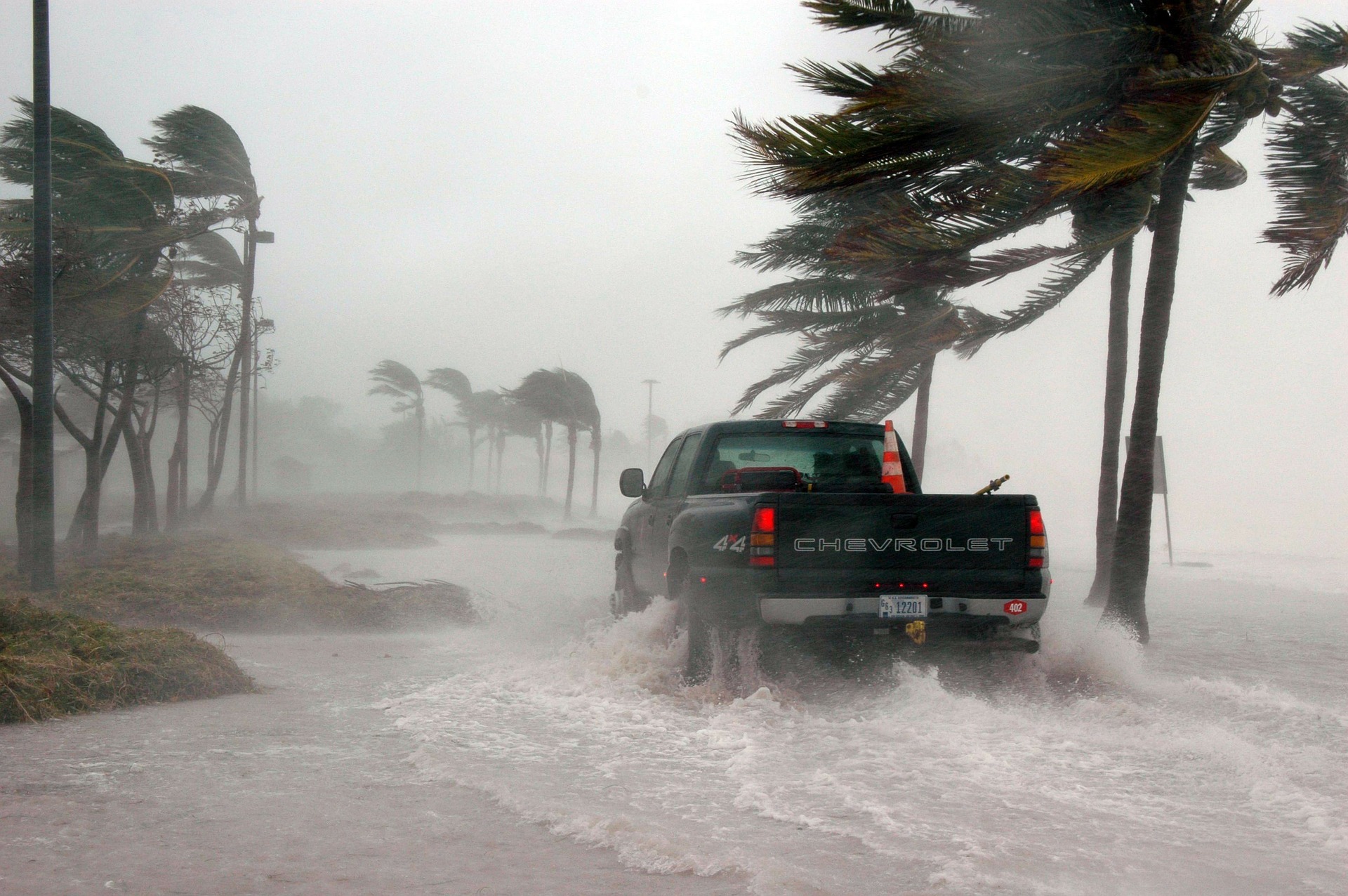When it comes to the elements, there is no such thing as being too prepared. While it is still just the beginning of hurricane season, the fact of the matter is that it’s coming, and there’s no telling when the next big storm is going to happen.
Before you prepare for any threat, however, it is important to understand it. In this article, we’re going to go over a few interesting facts about hurricanes.
1. Hurricanes are Tropical Storms Exceeding 74 Miles Per Hour
When a tropical storm reaches a speed of 74 miles per hour or more, that is when it is classified as a hurricane. As such, it is important to watch if your local weather station or weather reporter describes it as just a storm or a hurricane. If it is the latter, more stringent precautions must be taken to keep you, your family, and property safe.
2. The Energy Released in the Strongest Hurricanes can Rival That of an Atomic Bomb
Hurricanes and storms are whirling dervishes of wind and precipitation that produce intense amounts of heat and kinetic energy—roughly amounting to 50 terawatts. That is a greater output than the entire output of the USA and is comparable to a 10-megaton nuclear bomb detonating every 20 minutes.
Suffice it to say, it would be impossible to stop one with a nuclear bomb.
3. The Red Spot on the Planet Jupiter That Looks Like an Eye is a Hurricane
The hurricane is over 300 years old and is larger than the entire earth. It is important to note that Jupiter is a gas giant, and as such, hurricanes on its surface are vastly different from hurricanes on earth.
4. Hurricanes are Categorized From 1–5, with 5 Being the Worst
This categorization is based on wind speeds, beginning with 74 miles per hour for Category 1 hurricanes and with Category 5 hurricanes exceeding 155 miles per hour.
5. Hurricane Katrina was a Category 3 Hurricane
Even though the devastating effects of Hurricane Katrina are still fresh within the memories of many people, it was classified as a Category 3 hurricane. It caused nearly 100 billion dollars in damage.
6. Hurricanes and Other Types of Tropical Storms are the Most Deadly Force of Nature
Hurricanes have killed more people in human history than volcanoes, earthquakes, and other natural disasters. As such, it is important to be prepared for the devastation they bring.
7. Majority of the Fatalities in Hurricanes are a Result of Seawater Moving Inland
Flooding is one of the deadliest effects of natural disasters. While many steps have been taken on an infrastructural scale to prevent this, there are still precautions that individuals and households have to take in order to increase their chances of survival in the event of a flood.
8. Hurricanes are Different from Typhoons and Cyclones
Hurricanes are tropical storms that affect the North Atlantic, central North Pacific, and Eastern North Pacific. Typhoons are storms that affect areas in the Northwest Pacific. In the South Pacific and Indian Ocean, the term tropical cyclone is used.
Conclusion
As the occurrence of hurricanes increases in frequency, the risk of the next big hurricane is an ever-present threat. As such, it is important to be prepared in order to decrease the risks of damage to your property and the risks of bodily harm.
Protect your family and home from hurricanes with insurance in Delray Beach. Send us at Apex Insurance & Investment Agency a message if you wish to add another layer of readiness for when disaster strikes. Get in touch with us today!




